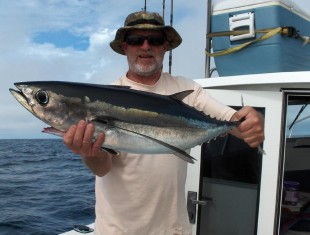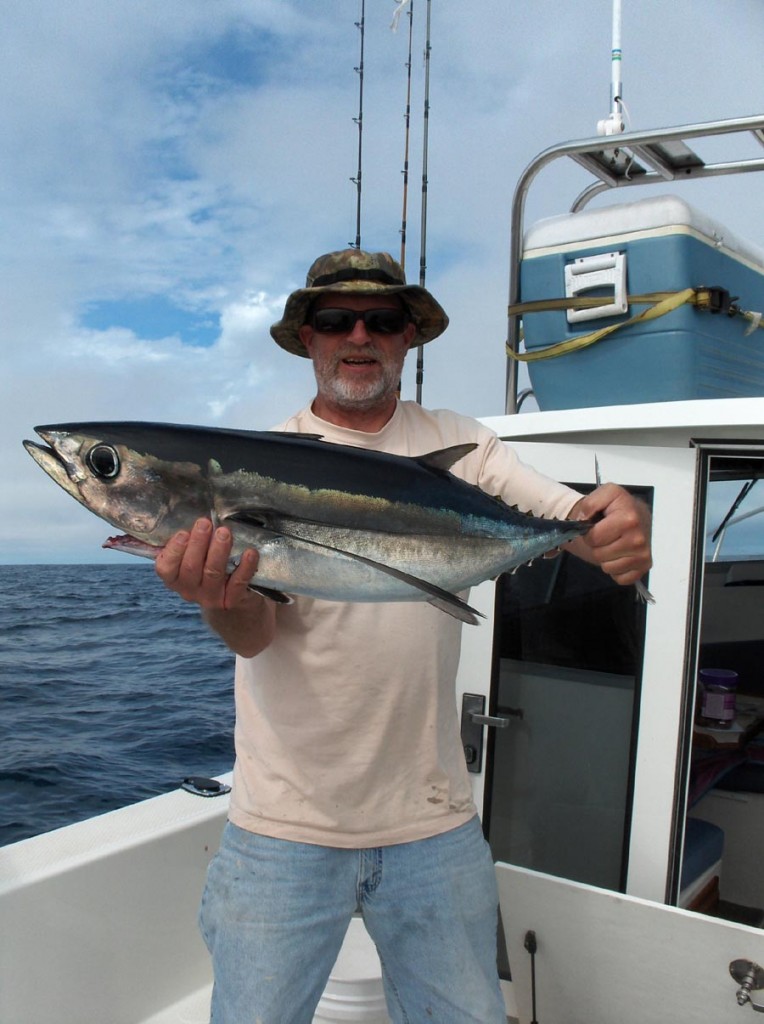EARL SANDE
My interest in herring occurred at a very young age. By the time I was six years old (1960) I was salmon fishing with my grandfather Cecil Baldwin many weekends of the year in the Tahuya area of Hood Canal.
Seeing herring flipping out of the water near the boat was always a sign to keep a close eye on the fishing poles for the next available salmon. This happened often in those days.
As good as this was, Grandpa would tell how much better the salmon fishing was just 10 years before.
Another good sign we looked for were the flocks of hundreds of hell divers (Western Grebe) that would follow the massive schools of herring around so they wouldn’t miss out on their next meal. They would all dive at once, except for a few, as if they were keeping an eye out for danger from above like eagles or those darn boats that couldn’t be trusted. They wouldn’t fly when a boat came near, they would just dive and swim away.
The Western Grebe are one of the few birds that usually only fly at night. Unfortunately, hell divers are now an uncommon sight on Puget Sound waters during winter. Maybe the fact that they mostly nested in the Midwest has something to do with their difficult and low survival rate during the last 30 years along with less bait fish to eat in Puget Sound.
Grandpa Baldwin knew the winter Chinook fishing would really pick up after December 15th in the Tahuya area. He kept a complete log of every salmon he caught in Hood Canal in the 1940s and 50s. He knew that thousands of tons of herring would start showing up by then and salmon up to 25 pounds would be biting at their tales.
The large herring would swim around trying to stay alive until they were ready to head to the spawning grounds on the Belfair flats during January through March.
Back in those days the eel grass was five feet tall and covered the Belfair flats. Now that’s mostly gone and what’s left is about two feet tall.
Amazingly, herring still spawn near Belfair, but in small numbers compared to the old days of 50 years ago. Now 200 tons of spawning herring is considered a successful spawning season. Some old time commercial herring fishermen told me that they would guess thousands of tons of herring would spawn every spring on the Belfair flats during the 1950s and 60s.
One of my best friends ever was Larry Foster. He fished herring commercially during the 1960s, 70s and 80s. I started fishing with him part time in June 1977 on Hood Canal.
I worked as a marine mechanic at Sande Boat Works in Belfair. My good friend Al Baselt and I would drive to Seabeck, arriving by 6 at night and meet up with Larry and his 40-foot herring boat. We would work on the boat and fishing gear for an hour or so then head for Tahuya where five- inch long year and a half old herring were thick during the month of June. They seemed to always leave by July 10th.
We never fished until an hour after dark because by then we could see the herring swimming as the phosphorous made the herring look like hundreds of shooting stars.
We used a 200-foot purse seine net fastened to the big boat and a 16- foot skiff with a 135 horse-power mercury outboard to hold the other end of the net. That was my job running the skiff.
Once we found some herring, Larry would try to push them with the big boat and bunch them together. With the wind, tide, fish and water depth in the perfect place he would give me the sign to take off with the skiff, pulling the net off the stern of the big boat while Larry circled the herring.
Eventually we would meet and start running the lead line through the hydraulic pulley, pursing the bottom of the net closed and trapping the bait. If things went well we would have a bunch of bait in a small pocket of net and would start brailing them into the huge live tank with a small net with a handle on it. One hundred bailers would fill the live tank. If we filled the boat, Al and I would get one hundred bucks each. That was a lot of money back then.
Sometimes things didn’t go right, I can remember at least two times the net got caught around the prop of the big boat. Larry would take his clothes off down to his underwear, strap a dive tank on his back, grab a knife, stick a flashlight in his mouth and jump overboard.
Just what a guy wants to do at two in the morning!
I remember one night we could see herring making flashes in the water from Tahuya to Union and across to Bald Point. That was a lot of herring!
With a full load or not we would head back to Seabeck by three in the morning, arriving three hours later. We would then open the side door and let the bait swim into the net pen at the dock, then head for Belfair so I could be at work by 8:30.
I did that 10 out of 12 nights once. It’s amazing what you can do when you are young!
Puget Sound herring have been in a 30-year decline with no end in sight. There are so many things working against them. Stocks will never return to pre-1970 levels no matter what we do.
Man and nature has really screwed this one up and commercial herring fishing is way down at the bottom of the list as the cause.


